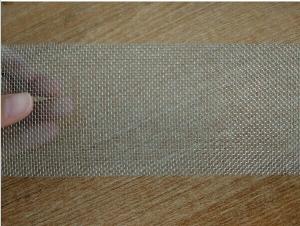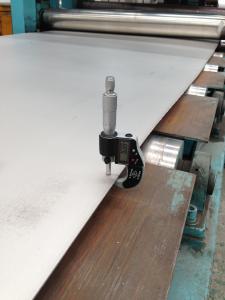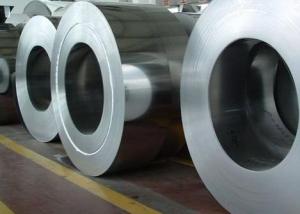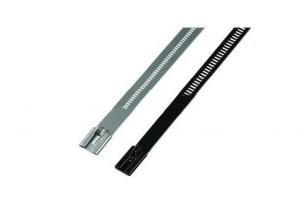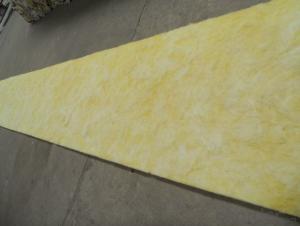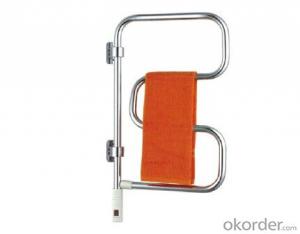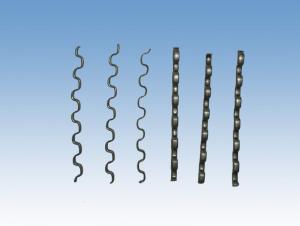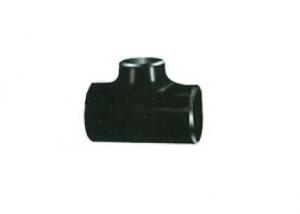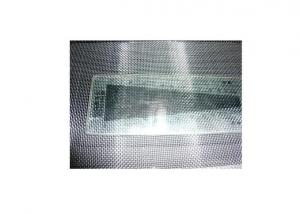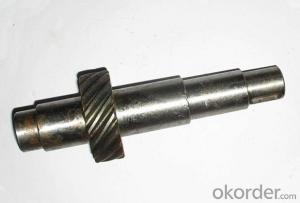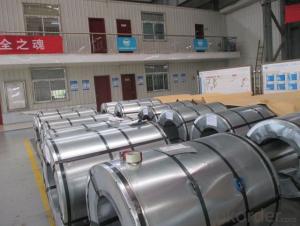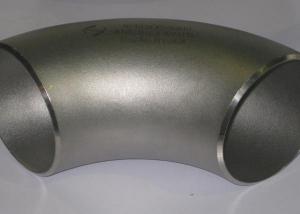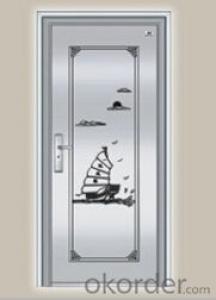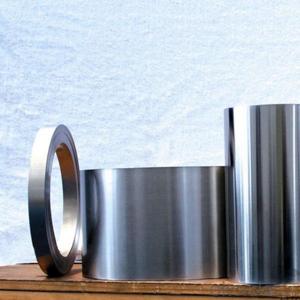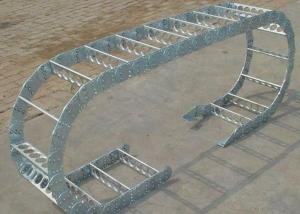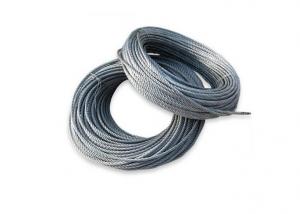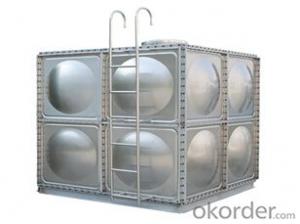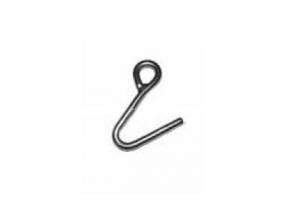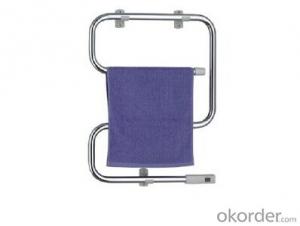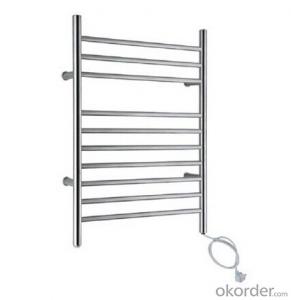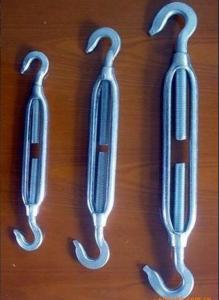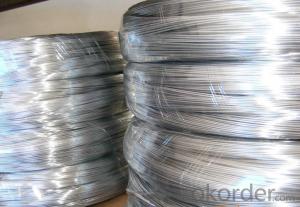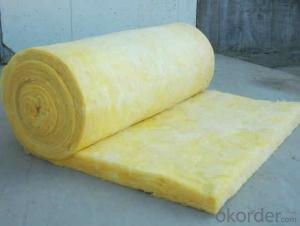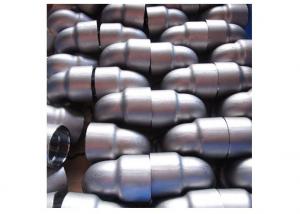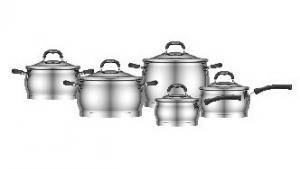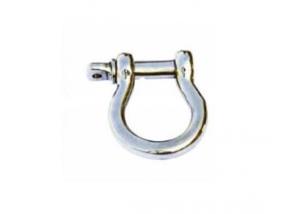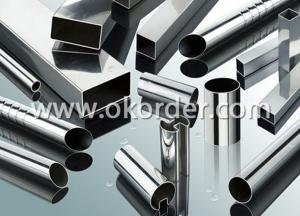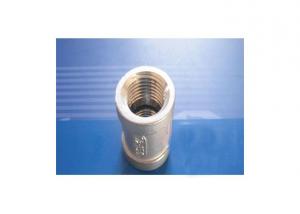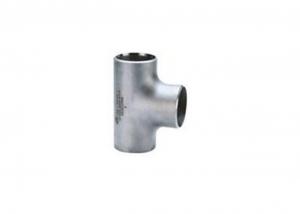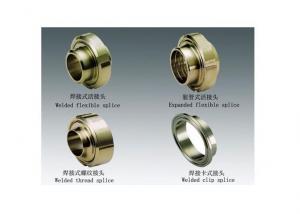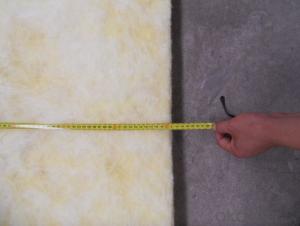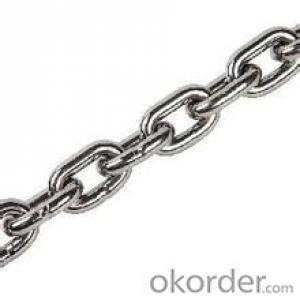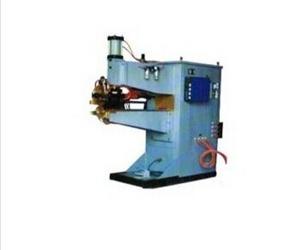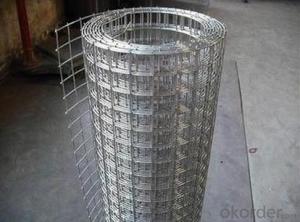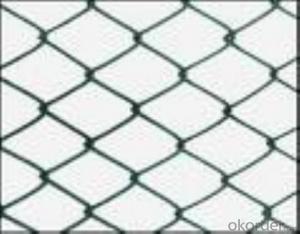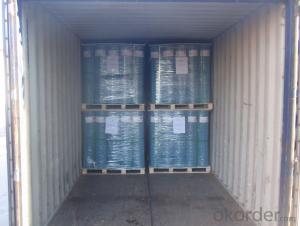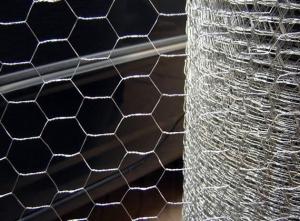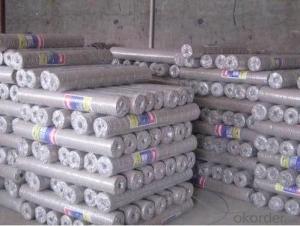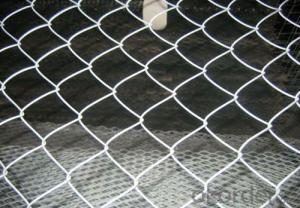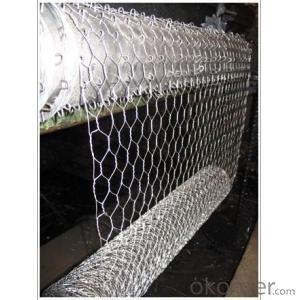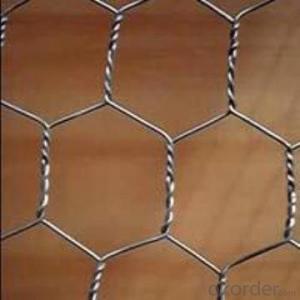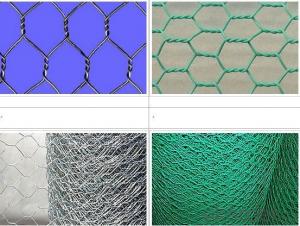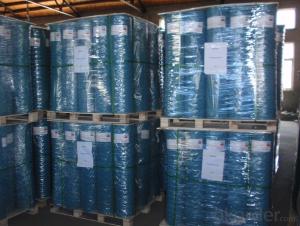Steel Wool On Stainless Steel
Steel Wool On Stainless Steel Related Searches
Stainless Steel Wool Stainless Steel Weld Mold On Stainless Steel Weld Stainless Steel Stainless Steel Welds Stainless Steel Wool Mice Powder Coating Stainless Steel Glue To Stainless Steel Stainless Steel Wall Stainless Steel Washer Stainless Steel Welder Stainless Steel Swivel Powder Coat Stainless Steel Vinegar On Stainless Steel Stainless Steel Coating Stainless Steel Wall Art Stainless Steel Towel Hooks Welder For Stainless Steel Stainless Steel Cloths Stainless Steel Wire Wheel Stainless Steel Texture Stainless Steel Powder Stainless Steel Jewellery Stainless Steel Jewelery Stainless Steel Glue Painting On Stainless Steel Aluminum On Stainless Steel Acetone On Stainless Steel Sublimation On Stainless Steel Stainless Steel SheetingSteel Wool On Stainless Steel Supplier & Manufacturer from China
Steel Wool On Stainless Steel is a versatile product that combines the benefits of both steel wool and stainless steel. This unique combination offers excellent durability and resistance to corrosion, making it suitable for a wide range of applications. The product is designed to provide an abrasive surface that can effectively remove rust, paint, and other unwanted materials from various surfaces. Its stainless steel base ensures that the steel wool remains firmly attached, providing a consistent and reliable performance.Steel Wool On Stainless Steel is widely used in various industries, including construction, automotive, and manufacturing. It is commonly employed for tasks such as surface preparation, deburring, and cleaning. The product is particularly useful in situations where a high level of durability and resistance to wear is required. Its stainless steel base also makes it an excellent choice for applications involving exposure to water or other corrosive substances, as it minimizes the risk of rust and damage.
Okorder.com is a reputable wholesale supplier of Steel Wool On Stainless Steel, offering a large inventory of this high-quality product. As a leading distributor, we pride ourselves on providing our customers with reliable and efficient service, ensuring that their needs are met promptly and effectively. Our extensive inventory allows us to cater to both small and large orders, making us the ideal choice for businesses seeking a reliable source for Steel Wool On Stainless Steel.
Hot Products
